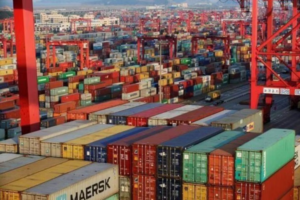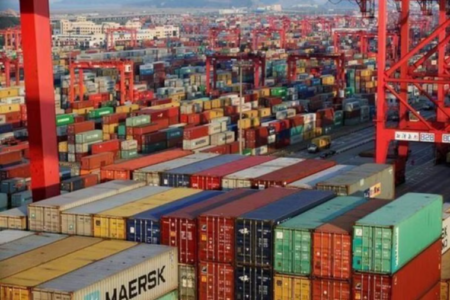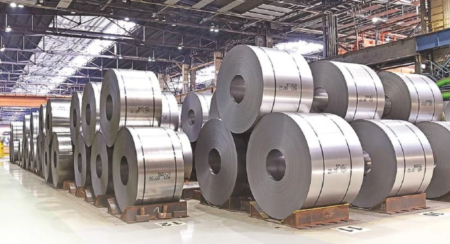New rail and road projects to enhance India–Bhutan cross-border logistics, market access, and regional supply chains.
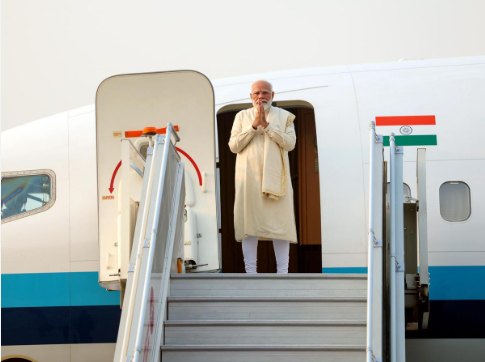
In a significant step toward strengthening regional supply chains and trade connectivity, India and Bhutan have announced a series of new infrastructure initiatives to enhance cross-border logistics. The announcement came as Prime Minister Narendra Modi and Bhutan’s King Jigme Khesar Namgyel Wangchuck jointly inaugurated the 1,020 MW Punatsangchhu-II hydropower project, marking a new phase of bilateral cooperation in infrastructure, energy, and logistics.
Prime Minister Modi emphasised that both nations are developing new road and rail links connecting Bhutan’s key cities, Gelephu and Samtse, to India’s extensive railway network. These multimodal connections will boost cargo movement, agricultural exports, and industrial material transport between the two countries, significantly improving logistics efficiency and regional market access.
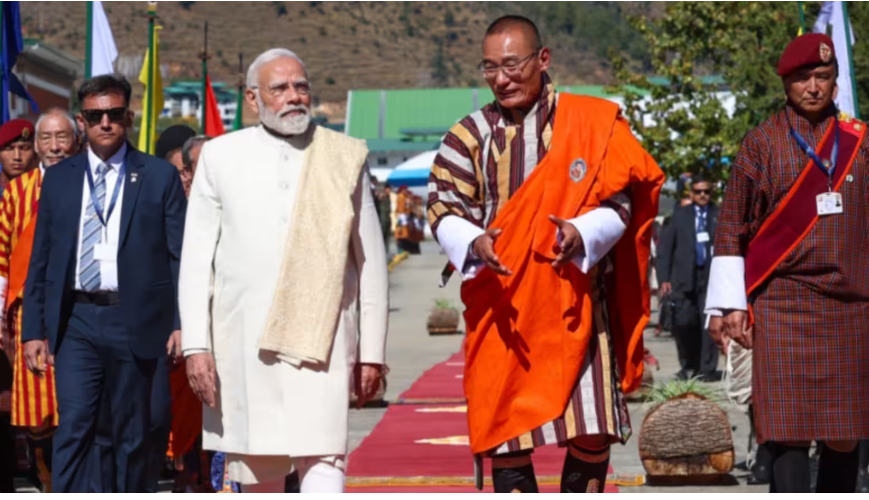
“These connectivity projects will enable Bhutanese farmers and local industries to access India’s vast market more efficiently, driving trade growth and enhancing logistics capabilities,” said Modi.
To streamline cross-border operations, both governments are investing in new border infrastructure, including immigration checkpoints, inland terminals, and integrated check posts in Assam. India has also extended a ₹10,000 crore concessional credit line to support Bhutan’s ongoing five-year plan, focusing on road development, agricultural value chains, and logistics corridor expansion.
A key highlight is India’s support for Bhutan’s ambitious Gelephu Mindfulness City project, envisioned as a cross-border economic and logistics hub that will attract investments, facilitate sustainable trade, and integrate Bhutan seamlessly with India’s Northeast supply chain ecosystem.
In addition to transport and logistics initiatives, both nations are collaborating to enhance digital and energy connectivity. The Unified Payments Interface (UPI) service is being extended to Bhutan, while India continues to ensure a consistent supply of essential goods across the border.
The partnership also extends into renewable energy logistics and joint project development, covering solar, wind, biomass, and green hydrogen. According to Indian Ambassador Sandeep Arya, these initiatives form part of 570 high-impact community development projects included in India’s support for Bhutan’s five-year plan.
Reinforcing this cooperation, Munu Mahawar, Joint Secretary (North) in the Ministry of External Affairs, noted that India has already established an integrated checkpost and an inland waterways terminal in Assam to improve connectivity with Bhutan. Energy trade also continues to be a critical link; around 30% of Bhutan’s total exports are energy supplies to India, supported by the newly operational Punatsangchhu-II plant under a formalised tariff arrangement.
Beyond infrastructure, India and Bhutan are deepening cooperation in education, innovation, skill development, and space technology. Joint youth collaborations include the construction of a satellite, further symbolising the nations’ shared commitment to progress.
Prime Minister Modi also highlighted the cultural dimension of the partnership, noting the inauguration of the Royal Bhutanese Temple in Rajgir and upcoming projects in Varanasi, reflecting deep-rooted people-to-people ties.
As the two Himalayan neighbours move forward, their collaboration in logistics, infrastructure, energy, and culture stands as a model of sustainable and inclusive regional development, creating a resilient, seamlessly connected supply chain network across South Asia.
SOURCE – THE HINDUSTAN TIMES



